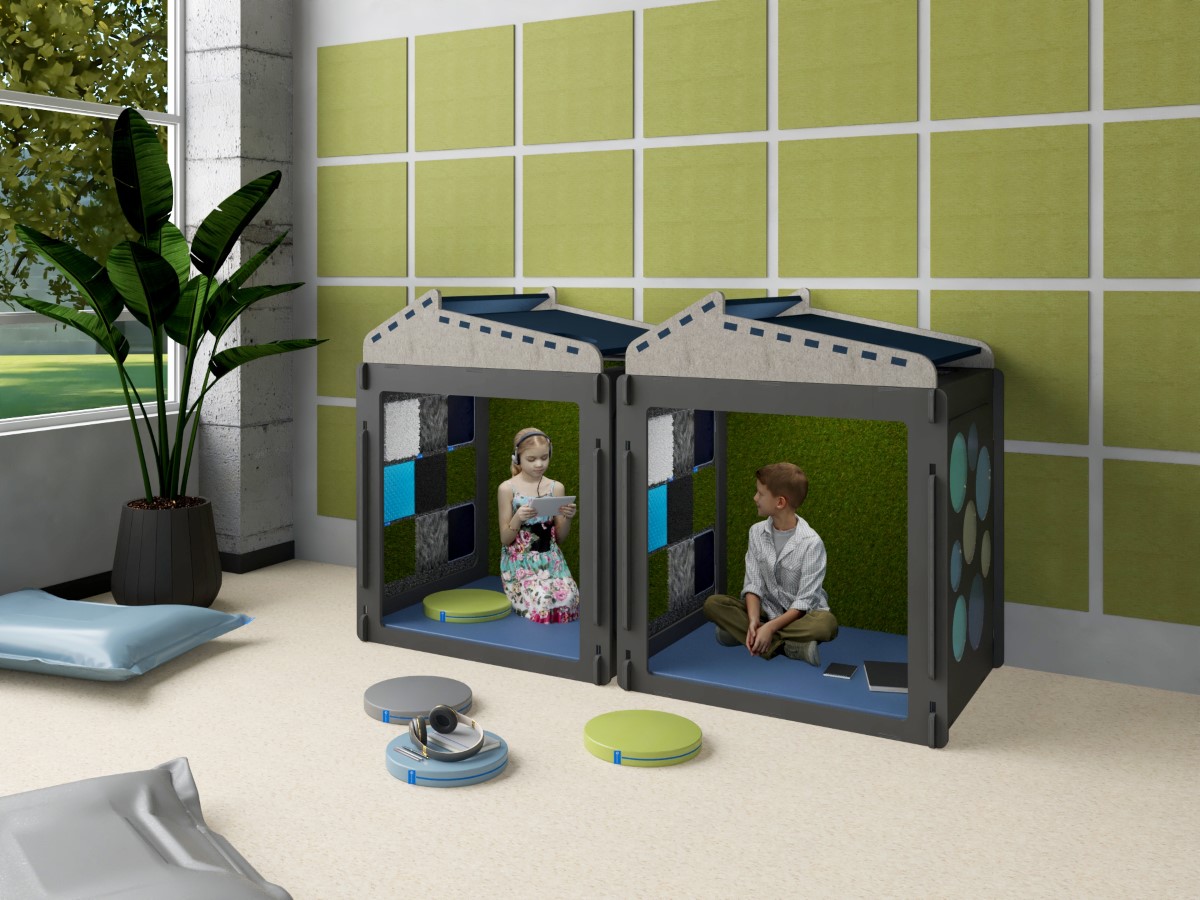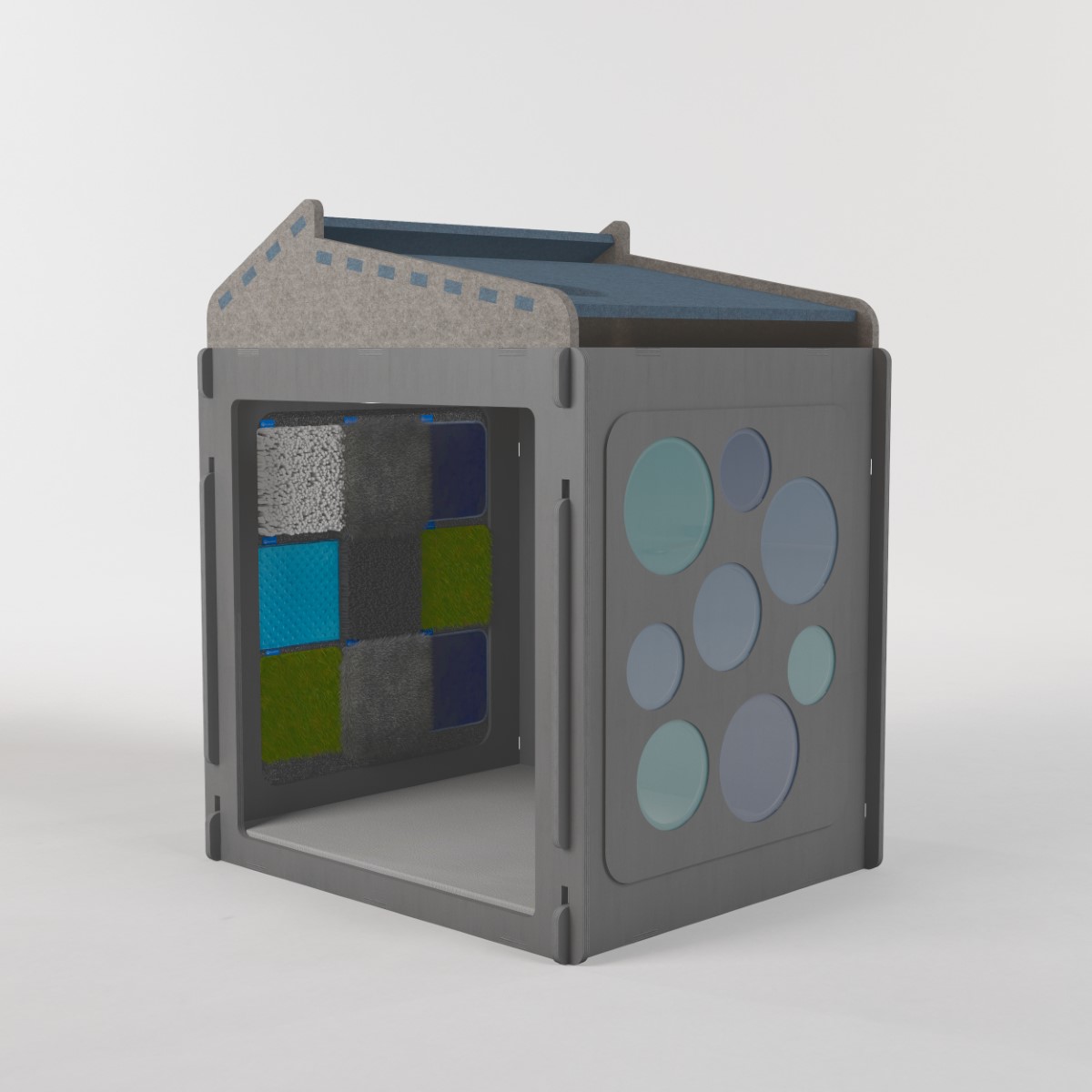1,500
Yes, 1,500 – that is the number.
The number of decisions educators make in a day. According to EdWeek, “That number, which equates to about three decisions per minute in an 8-hour work day, is based on research that was conducted in the 1980’s 1990’s, but is still widely cited in education circles today.”
“But tack on all the new technologies now used by teachers, the decisions they are increasingly asked to make about the social-emotional learning of their students, and all the COVID-related decisions they have had to make during the pandemic, and to some educational experts, that 1,500 seems like it should be MUCH higher in todays’ world.”
Leonard Mlodinow, known for his world-renown text: Subliminal, released Emotional: How Feelings Shape Our Thinking.
Each one of these 1,500 decisions would not be made possible without emotions…feelings. Connecting this insight to the world of education – what can we now ask regarding the emotional state of our learners? How can better understood emotional states, allow for deeper connections to self and others… allow for deeper connection to content… and ultimately allow for more informed decision making?
Decision Making Processes
As stated in Psychology Today – “Emotions have value.”
The importance of emotion within the decision making process is phenomenal. It’s within the realm of emotion we consider subjective positive interpretations such as: motivation and engagement. We can also experience emotional systemization within memory cataloging.
Take Echoic Memory, for example. The brain undergoes specific steps when intaking new sounds:
- Sound Reception (Encoding)
- Sensory Storage
- Processing and Transfer (Retrieval)
- Expression
Within the sensory storage phase of the echoic memory process – the brain associates stimulus with emotion. Depending on the association, the brain then catalogs the experience accordingly. Creating long-term positive/negative associations.
As emphasized in Psychology Today, “The latest research has established that emotion is crucial in a rational decision-making process… In the absence of emotional markers, decision making is virtually unattainable.”
However, according to current research, “the ability to make fully rational decisions typically develops around the mid-to-late 20s, as the prefrontal cortex, the part of the brain responsible for complex decision-making, fully matures at this stage.”
Emotional Regulation
UNCG Research Magazine has been reporting on learner’s emotional capacities since early 2016. Dr. Susan Calkins concurs, “A key indicator [determining whether a child is actually classroom-ready] is whether he or she can appropriately regulate emotions.”
There are three steps to emotional regulation:
- Monitoring
- Evaluating
- Modifying
Monitoring emotions is the self-reflection of feelings in any given scenario. Evaluating is the self-assessment of an emotion in relation to a verbal/physical response. Modifying is the way in which behavior is adapted or positively constructed to account for an emotion.
Considering this, it stands to reason that when individuals experience emotional responses within a learning space, the experience should be treated as… more than a feeling.
Emotional Regulation & Design
The Professional Association for Interior Designers published a review – Neuropsychology and Space: Designing Environments for Emotional Well-being. Within this review, the ASID highlighted design aspects which contribute to ‘Peace of Mind’.
- Using lockable doors/visible sightlines for sense of security
- Including prospects for refuge/seeing places to ‘hide’
- Opportunities for observation – analyzing the whole space
- Accounting for clear wayfinding – wide doorways, high ceilings, large windows
- Utilizing curvature for perception of safety and welcoming
- Using nature-inspired sounds such as ocean waves for a sense of calm
Design can be a tool by which educators are supported in tackling social emotional learning competencies with their learners.
The following are several intensive regulation recommendations which can be incorporated into learning spaces:
Combining understanding of emotional processing, decision making, and overall brain development is imperative when completing educational design. Spaces that are curated with emotional well-being in mind, are more supportive of the social emotional learning process.
SOURCES
EdWeek: 1,500 Decisions a Day
https://www.edweek.org/teaching-learning/1-500-decisions-a-day-at-least-how-teachers-cope-with-a-dizzying-array-of-questions/2021/12#:~:text=But%20tack%20on%20all%20the,like%20it%20should%20be%20much
Healthline: How Echoic Sensory Memory Works
https://www.healthline.com/health/echoic-memory#:~:text=How%20echoic%20sensory%20memory%20works,gives%20meaning%20to%20the%20sound.
American Academy of Pediatrics: Adolescent Brain Development and Medical Decision-Making
https://publications.aap.org/pediatrics/article-abstract/146/Supplement_1/S18/34490/Adolescent-Brain-Development-and-Medical-Decision?redirectedFrom=fulltext
UNC Greensboro: The Importance of Emotional Regulation
https://research.uncg.edu/news/the-importance-of-emotion-regulation/#:~:text=Without%20emotion%20regulation%20skills%2C%20children,they%20also%20risk%20social%20rejection.
We Are Teachers: What is Emotional Regulation? Plus Tips for Teaching It
https://www.weareteachers.com/emotional-regulation/#:~:text=Emotional%20regulation%20is%20the%20ability,emotions%20in%20a%20healthy%20way
ASID: The Neuropsychology of Space: Designing Environments for Emotional Well-being
https://www.asid.org/news/the-neuropsychology-of-space-designing-environments-for-emotional-well-being#:~:text=Proper%20acoustics%20are%20crucial;%20spaces,more%20comfortable%20and%20appealing%20environment.





